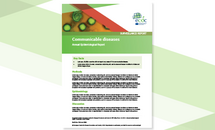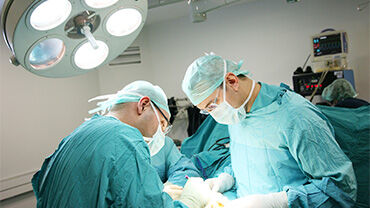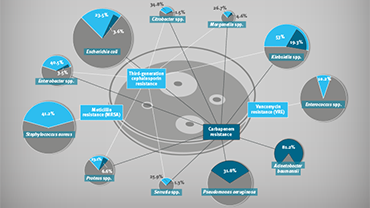Healthcare-associated infections: surgical site infections - Annual Epidemiological Report for 2017
This report is based on data for 2017 retrieved on 18 July 2019 from The European Surveillance System (TESSy) and ECDC’s decentralised data storage for antimicrobial resistance and healthcare-associated infections (ARHAI). TESSy is a system for the collection, analysis and dissemination of data on communicable diseases. EU/EEA countries contribute to the system by uploading their infectious disease surveillance data at regular intervals. The ARHAI decentralised data storage is a system allowing EU/EEA countries to store their surveillance data on their national servers in TESSy data format.
Executive summary
Key facts:
- Surgical site infections (SSIs) are among the most common healthcare-associated infections (HAIs). They are associated with longer post-operative hospital stays, additional surgical procedures, treatment in intensive care units and higher mortality.
- In 2017, 12 EU Member States and one EEA country reported SSIs for nine types of surgical procedure to ECDC.
- During this period, 10 149 SSIs were reported from a total of 648 512 surgical procedures.
- The percentage of SSIs varied from 0.5% to 10.1%, depending on the type of surgical procedure.
- The incidence density of in-hospital SSIs per 1 000 post-operative patient-days varied from 0.1 to 5.7, depending on the type of surgical procedure.
- From 2014 to 2017, a statistically significant increasing trend was observed for both the percentage of SSIs and the incidence density of in-hospital SSIs following laparoscopic cholecystectomy (CHOL).






